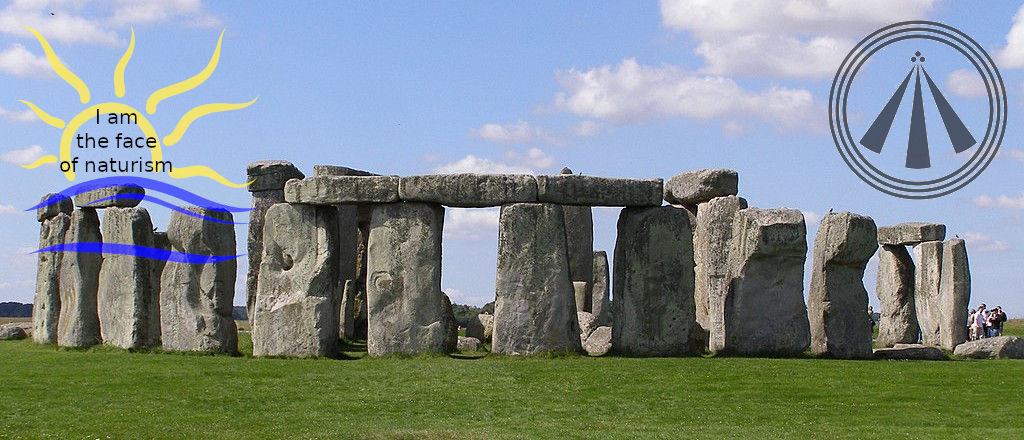
Evidence of Worship of the Horned God in Early Celtic London
As found on Celtic Myth Podshow:
Swearing On Horns Pic:Wikipedia | Swearing on the Horns, Highgate, 1906. Described by Bryon in Childe Herald, there were once about 20 public houses in Highgate, where strangers were required to take a pair of antlers horns in their hands, and swear a jocular oath: . . . Both men and maids are sworn, And consecrate the oath, With dance and draught till morn... |
The custom of Swearing on the Horns in Highgate died out at the end of the 19th century, but has been revived as an occasional ceremony in certain pubs. (The London Encyclopedia, pp379-80, Papermac, London,1983).
Historical background
The Pagan fertility god Herne the Hunter/the Green Man was one of the main gods of the ancient Britons from Paleolithic times. Chesca Potter, writing in her pamphlet Mysterious Kings Cross (Mandrake, Oxford, 1990), says that the Stag-headed God represents:
“The male fertilic power of nature, physically and spiritually. In prehistoric times, the Shaman would have dressed in deerskins and a mask with stag-horns becoming as the God . . .”
There is enough evidence to say that the Green Man/Herne the Hunter is well connected with certain areas of London: We have the Horn Fair – still held in Charlton village every year; the connection in the early history of Greenwich with fertility rites, stag worship and the Green Man; the possibility that Herne Hill is named after him, indeed, did the hill have a greater significance to the Stag-worshipping Celts of early London?
There is also the Pagan temple dedicated to the Goddess Diana which once stood on the site of St. Paul’s Cathedral, reputedly built by the legendary King Brutus who Diana appeared to in a vision in Malta and urged him to settle in “the great white island” – Albion some 3,000 years ago. He landed at Totnes in Devon and marched on London where he erected the temple of Diana – on which he recorded details of his vision of the Goddess of the Stag and Archery. This Pagan temple survived until the arrival of the Saxon’s in the 7th century when St. Pauls Catherdral was first built.
Thus, it could be argued that the worship of the Horned God and the Stag Goddess arrived with King Brutus and stayed an integral part of the religious life of Celtic Londoners right up the first suppression of Paganism in London in the 7th century A.D. However, the Pagan rites of Celt’s of London have survived well into recent times with the May Day festivals, the May Pole celebrations, and other festivities connected with the Green Man/Herne the Hunter. In medieval times, for example there was at least four major May Day festivals – often lasting well over a week: in May Fair (Mayfair), the Southwark Fair, the Greenwich Fair, and the Horn Fair from Bermondsey to Charlton.
Finally, there is also a belief that the Isle of Dogs is named after Herne’s 50 dogs, identified by their red tipped ears, and known as the Hounds of Hell. It is highly possible that the worship of the Green Man in Celtic times and beyond, was centered around Greenwich and the Isle of Dogs, although today there is scant evidence of this, except in the place names.
The ancient legends connect the Robin Hood/Green Man stories with Wimbledon Common and Windsor Castle, and possibly other areas of London through pub names: l notice there’s a Herne’s Tavern on Peckham Rye Common, one called The Horns in St. Pancras, the Horn Tavern in EC4, the Green Man in Bellingham etc.
The Horned God also has Germanic origins which were brought over by Pagan tribes such as the Angles and the Saxons to Britain from the 4th century onwards. Perhaps one of the reasons why stag workship has survived so long in most parts of Britains is that the Saxon tribes were themselves Pagans and no doubt contributed substantially to the survival of both the folkore and stag worship up until present times. One of our readers, Penda, from Germany, e-mailed me (March 2001) with the following information on the origins of stag worship in Britain.
If you want to know more, read all about it at the source.
